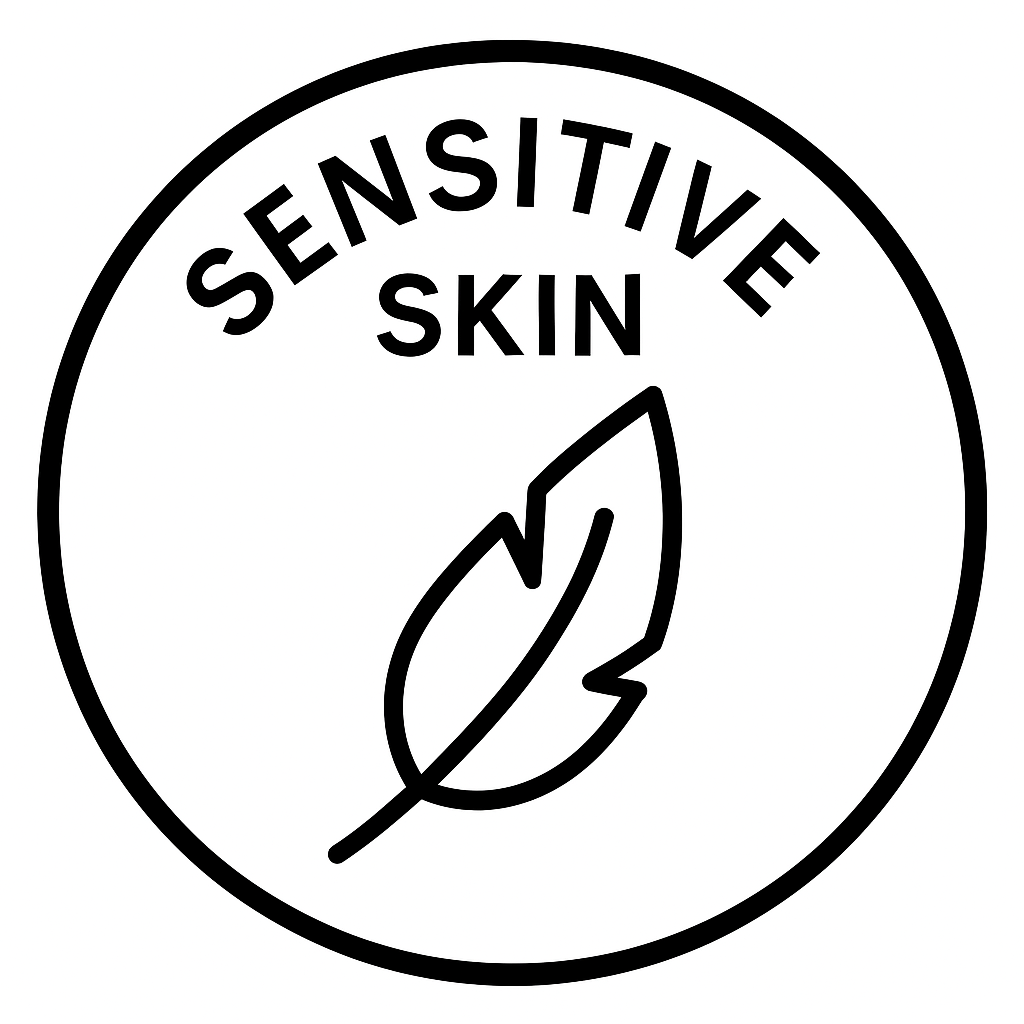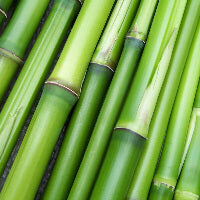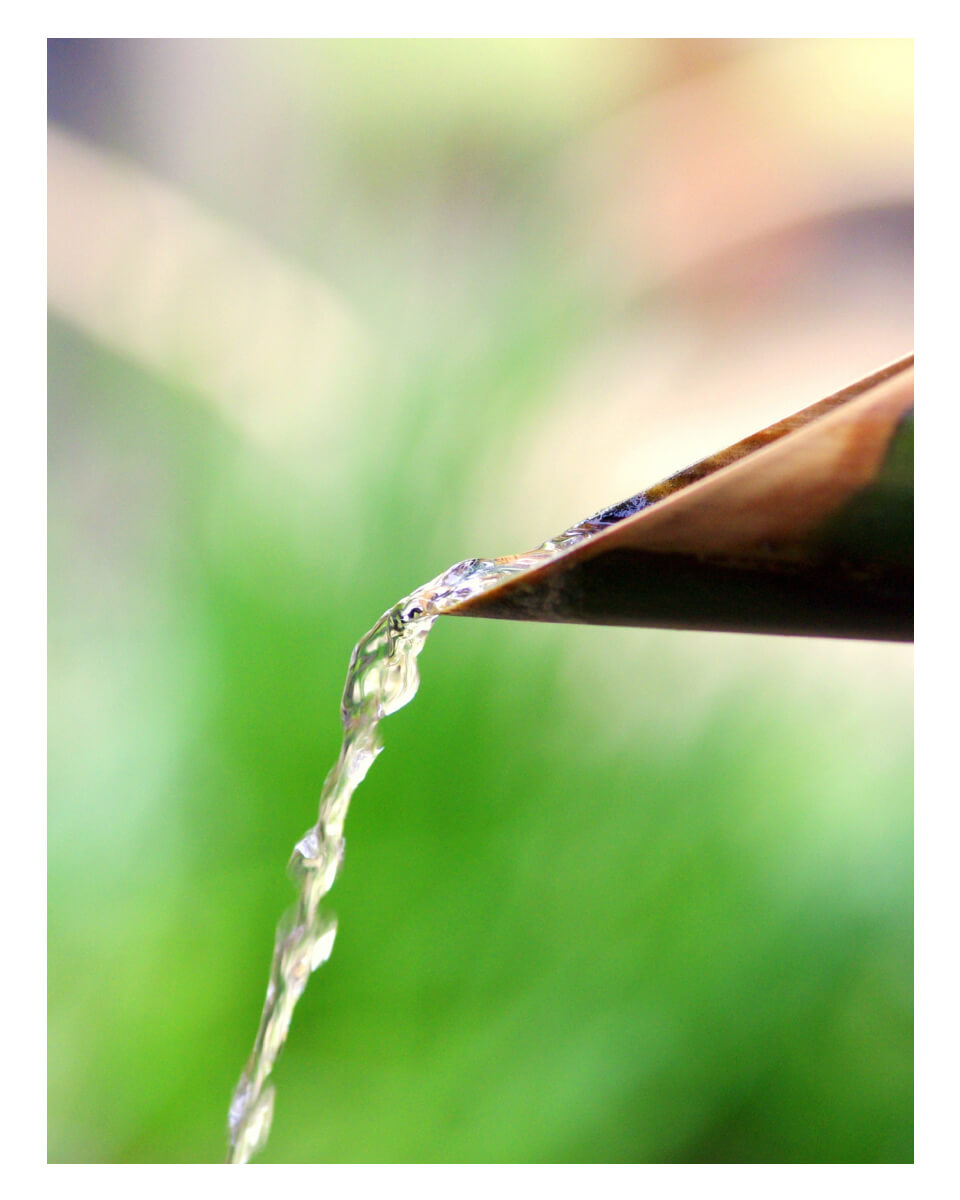
The Fabrics We Work With: Bamboo
We value bamboo both for its remarkable qualities as a plant, as for the soft, breathable and durable fabric it becomes. Bamboo brings together both environmental responsibility and high-performance quality.
Unlike cotton, possibly worlds most used fabric, bamboo has a natural presence in nature, requires less space, grows astronomically fast an requires no to minimal pesticides..Most importantly, to combat global warming, the carbon sequestration of bamboo allows the bamboo crop to absorb more carbon dioxide and releasing more oxygen than most other trees.
Bamboo is a remarkable material to use for both clothing and textiles. This is due to its unique properties and eco-friendly nature, both as a plant and as the bamboo fiber used to make bamboo fabric.
The facts: As one of the fastest-growing and most renewable resources on the planet, bamboo does not need much space to grow and requires minimal water. Also its natural properties make it an ideal choice for sustainable fashion. Once processed, bamboo fabric is both soft, breathable, durable and kind to your skin.
Both aspects together make bamboo an excellent eco-friendly choice for anyone conscious about reducing their carbon footprint whilst also going for quality and durability.
Ongelooflijk zacht
Stap in een wereld van ongeëvenaard comfort en elegantie met bamboestofcreaties.
Ademend vermogen
Een ander groot voordeel van bamboe is dat het zeer ademend is en een superieur absorptievermogen heeft. Dit komt doordat de natuurlijke structuur van bamboevezels van nature poreus is, waardoor ze vocht efficiënter absorberen. Dit zorgt voor een uitstekende vochtopname en ventilatie, wat resulteert in minder zweten en frissere kleding.

Thermoregulating
Bamboo is a thermoregulating fabric, keeping you cool in summer and warm in winter. This is due to the fiber structure of bamboo, which is naturally hollow with tiny micro-gaps and holes.
In summer: increased airflow - sweat evaporates more easily, keeping you cool and dry.
In winter: the gaps and holes ar filled with warm air, acting as a natural insulator keeping the body warmer.

Antibacterieel en hypoallergisch
Andere indrukwekkende eigenschappen van bamboevezels zijn de hypoallergene en potentiële antibacteriële eigenschappen .
Vooral voor mensen met een gevoelige huid kan het dragen van bamboe een perfect alternatief zijn. Het is zacht voor de gevoelige huid en veroorzaakt minder snel allergische reacties dan synthetische materialen. Bamboestoffen, zoals bamboeviscose, zijn ook bestand tegen huisstofmijt en schimmel, waardoor ze een uitstekende keuze zijn voor mensen met allergieën of een gevoelige huid.
Dat komt doordat bamboebomen een natuurlijke antimicrobiële stof bevatten, genaamd "bamboo kun", die de groei van bacteriën en schimmels helpt remmen. Dit maakt bamboeproducten resistent tegen lichaamsgeur en allergenen, waardoor ze geschikt zijn voor mensen met een gevoelige huid of allergieën.

Duurzaamheid
Bamboevezel staat ook bekend om zijn duurzaamheid, sterkte en vormvastheid . Ondanks het zachte en delicate gevoel is bamboestof verrassend sterk en gaat het lang mee. Het is bestand tegen regelmatig gebruik en wassen zonder zijn vorm of kwaliteit te verliezen. Dit maakt bamboeproducten ook een duurzamere keuze, omdat ze lang meegaan en minder vaak vervangen hoeven te worden.

Milieuvriendelijk en duurzaam
Bamboe is van nature een zeer milieuvriendelijke grondstof vanwege de snelle groei en de voordelen voor de natuur. Omdat bamboe van nature groeit, kan het ook twee keer zoveel koolstofdioxide opnemen en 35% meer zuurstof afgeven dan bomen. Dit alles met minimale waterbehoefte en zonder pesticiden of meststoffen. Bamboe is ook uitstekend bestand tegen bodemdegradatie en kan groeien op reeds gedegradeerd land.
Zoals bij elk productieproces is het belangrijk hoe de verwerking van bamboe, van boom tot stof, plaatsvindt. Zolang bamboestof in een gesloten kringloop wordt verwerkt, voorkomt dit chemische verspilling en minimaliseert het potentiële lekkage of afval.
Zowel 100% bamboe als katoen zijn biologisch afbreekbaar en ontbinden op natuurlijke wijze onder de juiste omstandigheden.
-
Bamboo - the bottom line
Bamboo offers numerous advantages over cotton but also over synthetic fibers like nylon and polyester;
- Environmentally more sustainable (especially vs. nylon and polyester)
- highly absorbent (up to 3x more than cotton)
- antibacterial & hypoallergenic (perfect for any skin and allergies)
- soft yet durable (maintaining quality, strength and shape wash over wash)
- No microplastics (polyester and nylon are cheap fabric alternatives but harm the environment more then we think, even recycled polyester clothing)
By choosing sustainable fabrics like bamboo, you are not only making an investment in quality products but also contributing to a greener and healthier planet. However, end of the day, there is still work to be done to make bamboo even more sustainable than it already is. But bamboo will get there sooner than others.
-
Are there negative side(effects) of bamboo?
Amid growing concerns on how our fashion is produced, particularly with the rise of fast fashion and unethical labor practices, the textile and fashion industry is widely regarded as one of the world’s most polluting industries. In this context, chemical processing is common across the textile industry, and bamboo is no exception.
Although bamboo, as a plant, is naturally sustainable, bamboo fabric production has faced criticism for the use of harsh chemicals that can pose risks to both the environment and workers if not properly managed.
Yet, what truly matters is how bamboo is processed. When done responsibly, particularly following sustainable practices within a closed-loop system, bamboo fabric can be made using non-toxic solvents like N-Methylmorpholine N-oxide (NMMO). This approach allows for solvent recovery and prevents harmful chemical discharge like carbon disulfide and sodium hydroxide. As a result, this method significantly reduces environmental impact and improves worker safety.
As with any textile, bamboo production must address ethical sourcing, sustainable practices and transparency while avoiding greenwashing effects. The growing demand for accountability has driven many fashion brands to adopt better standards. Certifications such as GOTS (Global Organic Textile Standard), OEKO-TEX®, and SEDEX are crucial in ensuring that rigorous environmental and social criteria are met and that harmful chemicals are properly managed.
Of course, not all criticisms of bamboo are unfounded. While some may stem from competitive marketing or misinformation, others highlight real concerns, especially when manufacturers cut corners to reduce costs. As with anything, if a bamboo product seems too good to be true, it might compromise on eco-friendliness, ethics, or quality.




